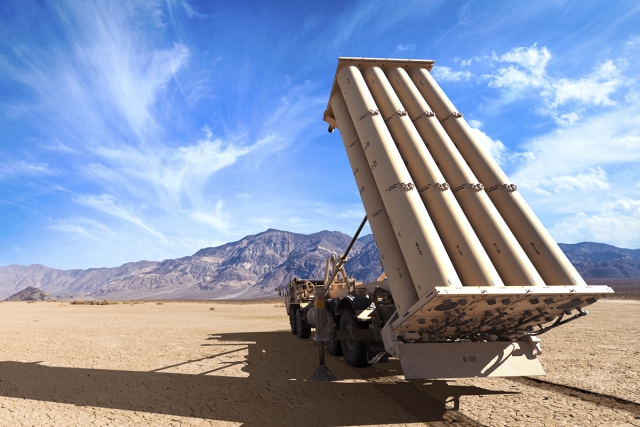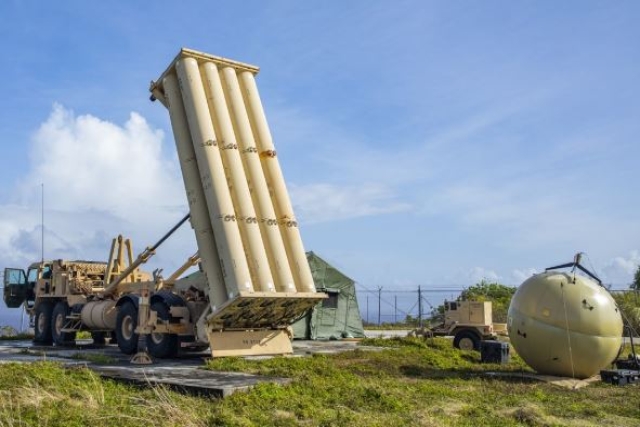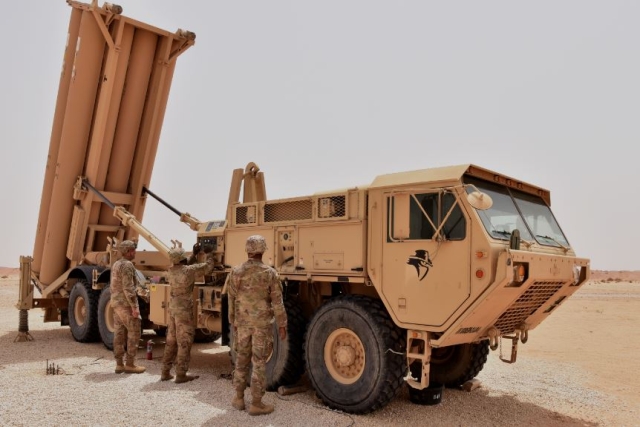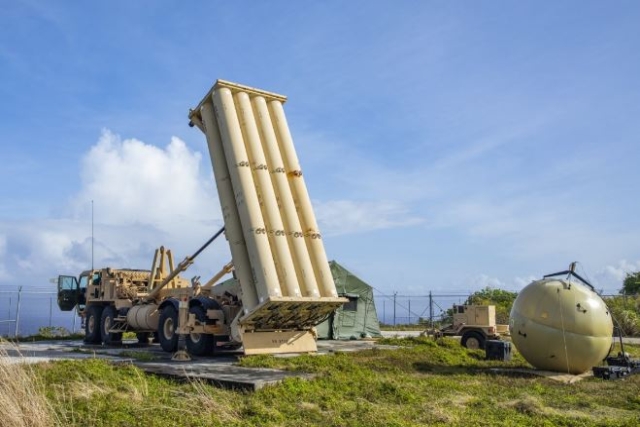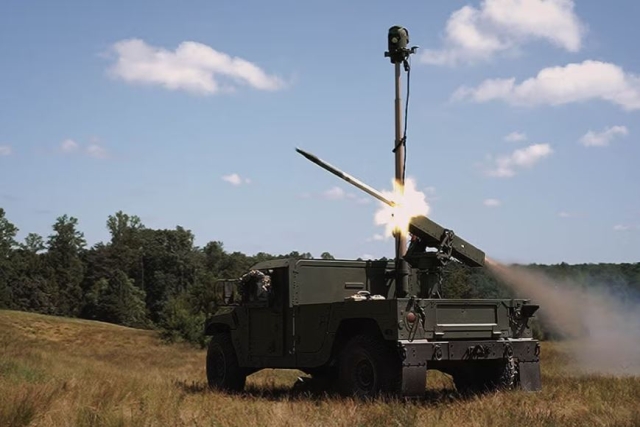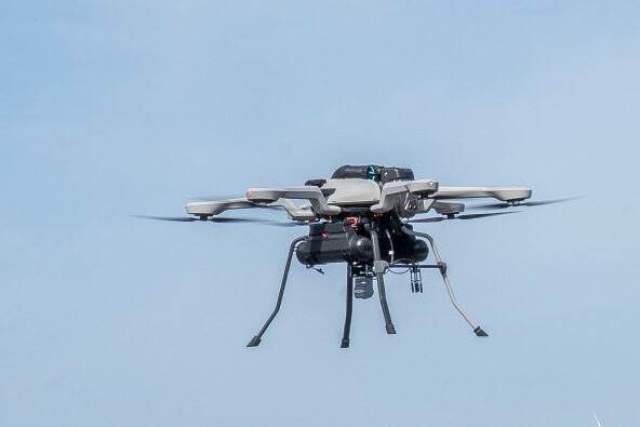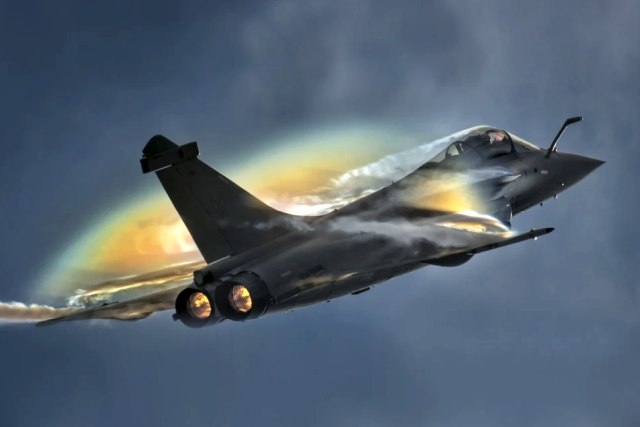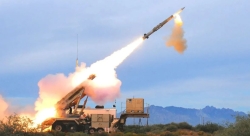U.S. Awards $2B THAAD Missile Defense Contract to Lockheed Martin
Contract value rises to over $10.4 billion as Lockheed Martin expands production of ballistic missile interceptors through 2029
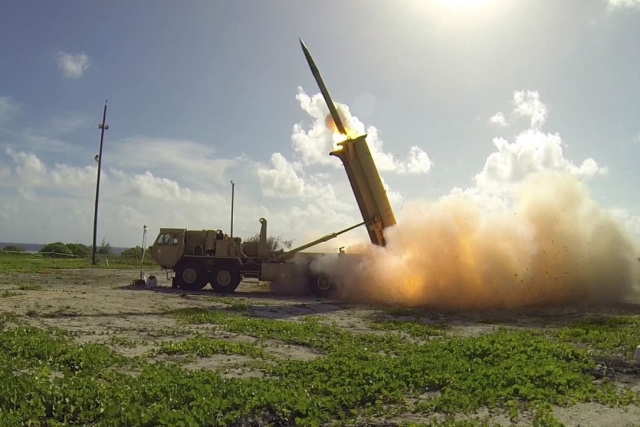
The U.S. Department of Defense has awarded Lockheed Martin a $2.06 billion contract modification to ramp up production of Terminal High Altitude Area Defense (THAAD) interceptors.
The modification contract increases the contract from $8.35 billion to $10.42 billion. Under this agreement, Lockheed Martin will manufacture key THAAD components under a fixed-price incentive contract.
The Missile Defense Agency (MDA) expects completion of work by December 1, 2029. The agency is obligating over $284 million from fiscal 2024 and 2025 procurement funds for this award.
THAAD is a U.S.-designed and manufactured system engineered to intercept and destroy short- to medium-range ballistic missiles during their terminal phase. It uses a “hit-to-kill” approach—striking incoming threats with direct impact rather than an explosive warhead.
Each interceptor is about 6.2 meters long, weighs nearly 900 kilograms, and travels at speeds exceeding Mach 8. The system can neutralize targets at ranges up to 200 kilometers and altitudes around 150 kilometers. A complete THAAD battery includes mobile launchers, AN/TPY-2 X-band radar for long-range tracking, and a fire control system.
Deployed by the United States, United Arab Emirates, and Saudi Arabia, THAAD is currently the only U.S. system capable of intercepting ballistic threats both inside and outside the Earth's atmosphere.
